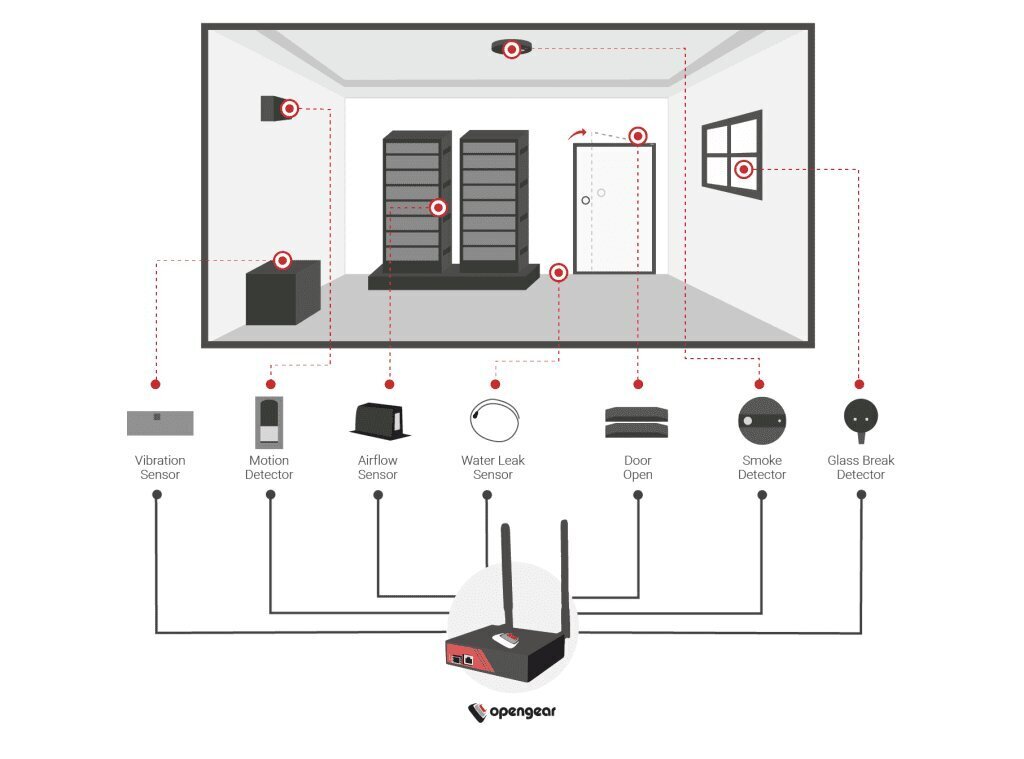Connected Environmental Monitoring utilizes advanced technologies, including artificial intelligence (AI) and the Internet of Things (IoT), to enhance the management of air and water quality. By integrating connected sensors and smart monitoring systems, these technologies provide real-time data that is crucial for effective environmental management.
Role of AI in Environmental Monitoring
AI plays a vital role in analyzing vast amounts of data collected from environmental sensors. These sensors measure various parameters, such as air and water quality, temperature, and humidity. AI algorithms can process this data to identify patterns and predict environmental changes, allowing authorities to respond proactively to potential issues. For instance, machine learning can enhance the accuracy of pollution detection, enabling quicker responses to environmental hazards[1][4].
Connected Sensors and IoT
The integration of IoT devices with environmental sensors allows for continuous monitoring of environmental conditions. These devices can be deployed in various locations to gather data that is then transmitted to cloud-based platforms for analysis. This real-time data collection enables better decision-making and resource allocation. For example, smart water management systems can predict water usage patterns and optimize distribution, which is particularly beneficial in areas facing water scarcity[1][5].
Applications in Air and Water Quality Monitoring
-
Air Quality Monitoring: Platforms like the GEMS Air Pollution Monitoring system aggregate data from thousands of air quality monitoring stations globally. AI analyzes this data to provide insights into air pollution levels, helping inform public health measures and policy decisions[4].
-
Water Quality Monitoring: AI-driven systems can assess water quality by analyzing data from connected sensors that detect pollutants and other harmful substances. This information is essential for ensuring safe drinking water and maintaining healthy aquatic ecosystems[1][3].
Benefits of Connected Environmental Monitoring
-
Enhanced Data Accuracy: AI improves the precision of environmental data analysis, leading to better forecasting and risk assessment.
-
Real-Time Insights: Continuous monitoring allows for immediate responses to environmental changes, mitigating potential damage.
-
Resource Optimization: Smart systems can optimize energy and water usage, contributing to sustainability efforts and reducing carbon footprints[5].
-
Public Awareness: By providing accessible information about air and water quality, these systems empower communities to make informed decisions regarding their health and environment[4].
In conclusion, Connected Environmental Monitoring, powered by AI and IoT, represents a significant advancement in environmental management. By leveraging real-time data from connected sensors, stakeholders can effectively monitor and respond to environmental challenges, ultimately leading to better management of air and water quality.
Further Reading
1. Machine Learning in Environmental Monitoring – Gemmo.AI
2. ScienceDirect.com | Science, health and medical journals, full text articles and books.
3. https://environment.upenn.edu/events-insights/news/ai-and-environmental-challenges
4. How artificial intelligence is helping tackle environmental challenges
5. The Role of AI and IoB in Sustainable Cities: Optimizing Resource Utilization and Environmental Impact | Online Master of Information Technology | Vir…


